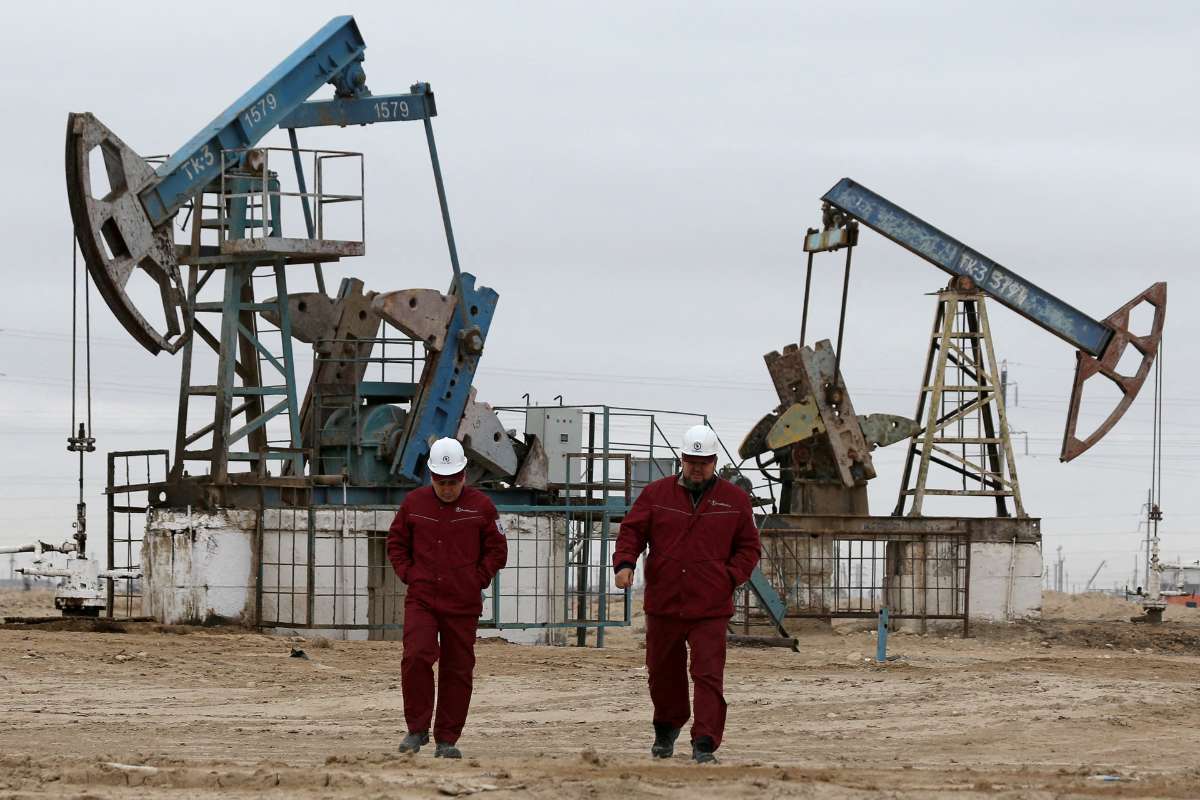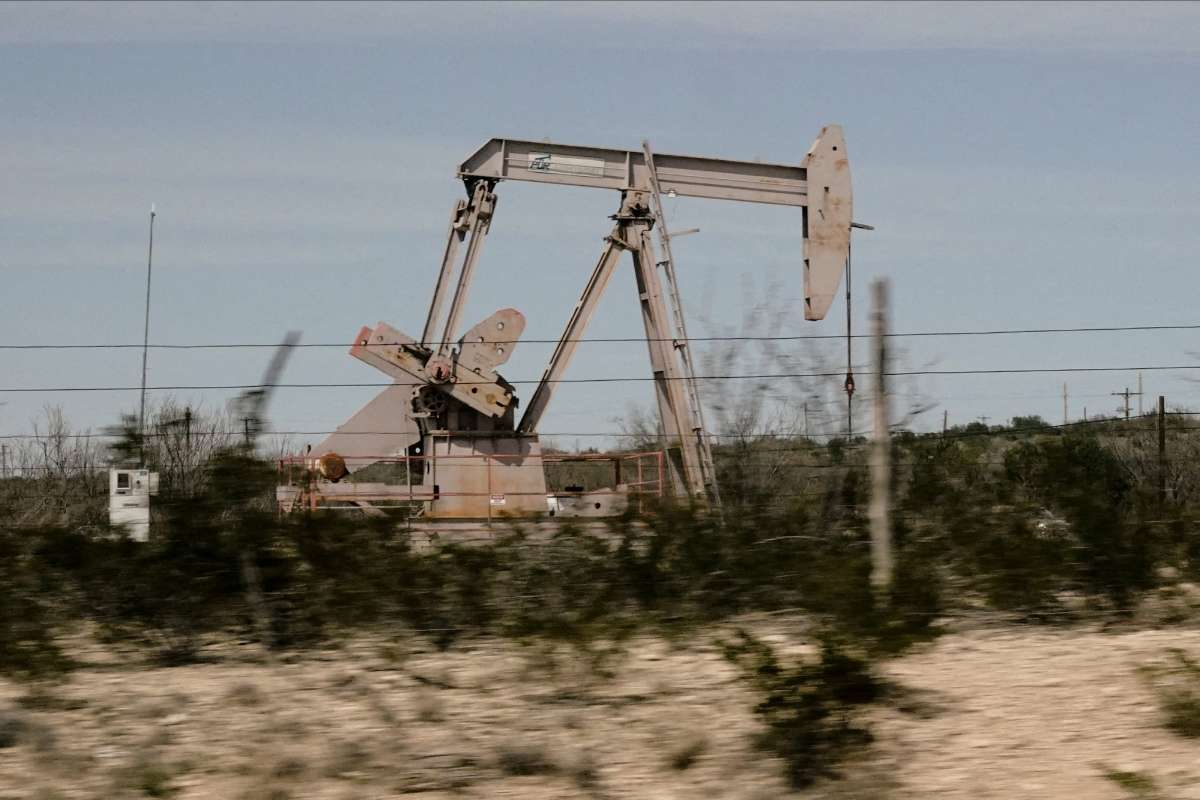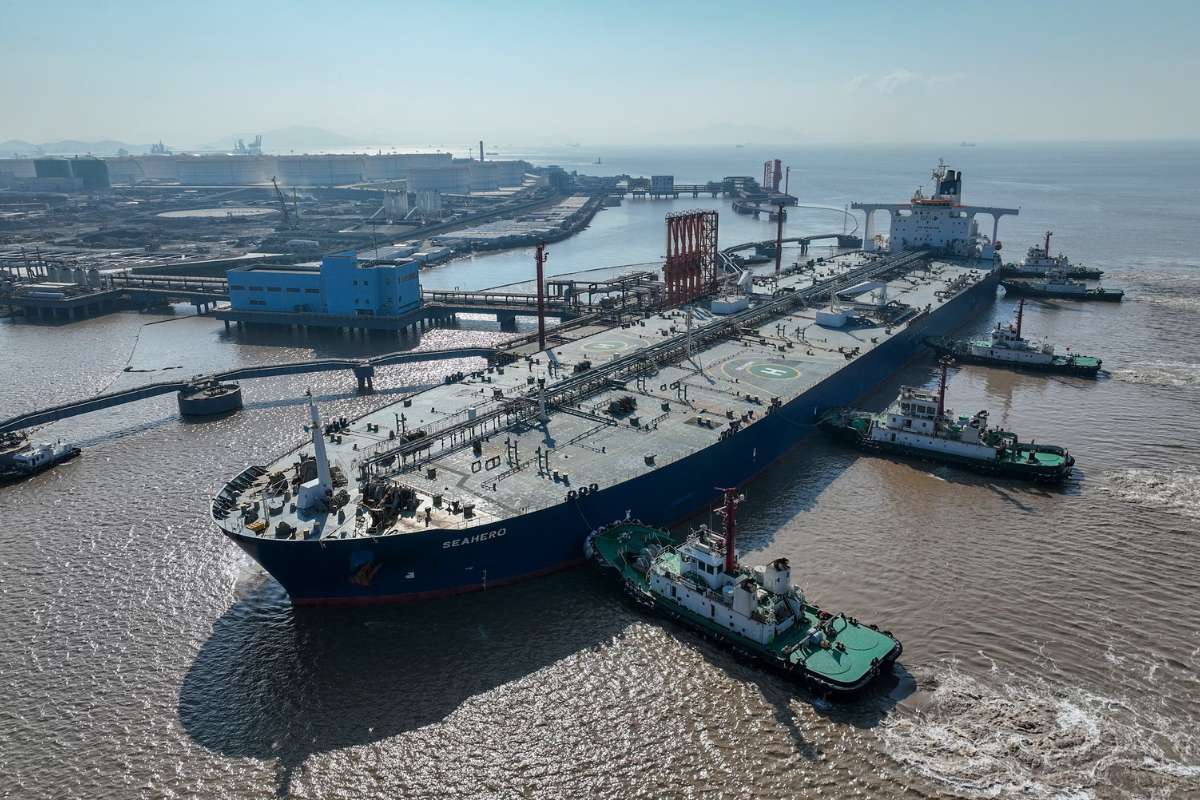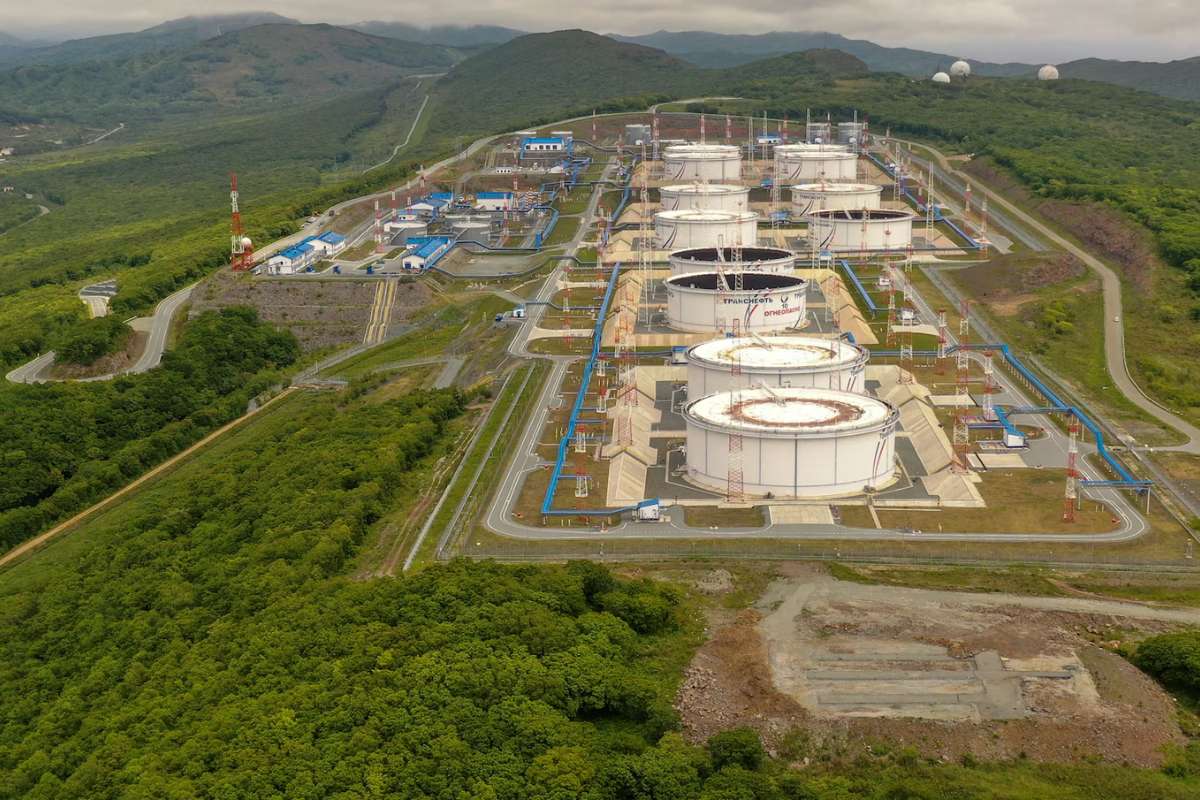Global Oil Prices Edge Higher on Monday, supported by a weaker U.S. dollar and declining Russian crude shipments. The moves reflect shifting supply-and-demand dynamics just days before a closely watched OPEC+ meeting that could shape production targets into the end of the year.
Brent crude futures rose 67 cents, or 1%, to settle at $68.15 a barrel. The U.S. benchmark, West Texas Intermediate (WTI), climbed 67 cents, or 1.1%, to $64.68 by mid-afternoon. Trading activity was thinner than usual due to the U.S. Labor Day holiday, but sentiment remained focused on supply risks and economic indicators.
Currency and Economic Drivers
Oil Prices Edge Higher as the U.S. dollar slipped to a near five-week low, making crude more affordable for buyers using other currencies. The weaker dollar typically boosts demand from major importers like China and India, supporting upward pressure on prices.
Investors are also awaiting the U.S. labor market report later this week. The data is expected to offer fresh insight into the strength of the economy and the potential path of interest rates. Lower borrowing costs typically boost overall market appetite for risk assets, providing another tailwind for energy prices.
Economic data from China added to the optimism. A private-sector survey showed that Chinese manufacturing expanded at its fastest pace in five months during August. The improvement reinforced expectations of steady energy demand growth from the world’s largest oil importer, lifting not just crude oil but also industrial metals such as copper.
Supply-Side Pressure
On the supply side, Russian oil shipments fell to a four-week low of 2.72 million barrels per day, according to tanker-tracking data. Analysts pointed out that the drop in exports may reflect ongoing logistical disruptions as well as seasonal adjustments in output. Any sustained decline in Russian flows could tighten global supply balances, even as inventories are projected to increase later this year.
Markets are now awaiting clarity from OPEC+ when the group meets on September 7. A key question is whether member nations will continue raising production targets or maintain current levels to balance supply with demand. Previous increases in output have contributed to a softer pricing environment, with both Brent and WTI falling more than 6% in August—their first monthly declines in four months.
HSBC analysts forecast that Oil Prices Edge Higher inventories will build in the last quarter of 2025 and the first quarter of 2026, estimating a surplus of 1.6 million barrels per day in the fourth quarter alone. Rising stockpiles typically put downward pressure on prices, particularly during periods of lower seasonal demand.
Industry Outlook
For energy producers, refiners, and trading companies, the near-term outlook remains mixed. On one hand, a weaker dollar and stronger Chinese manufacturing data provide near-term support for demand. On the other, the prospect of higher OPEC+ output and rising inventories could cap price gains heading into 2026.
Analysts caution that the market is likely to remain volatile. Short-term gains could be offset by longer-term concerns about oversupply, especially if economic growth in major consuming regions slows. For businesses across the energy sector, from upstream producers to downstream refiners, planning for fluctuating price levels will be critical in navigating the months ahead.
“Oil practitioners will continue to curb their enthusiasm,” one market analyst said, noting that while demand indicators are improving, the supply side of the equation remains uncertain.
Visit Oil Gas Energy Magazine for the most recent information.
